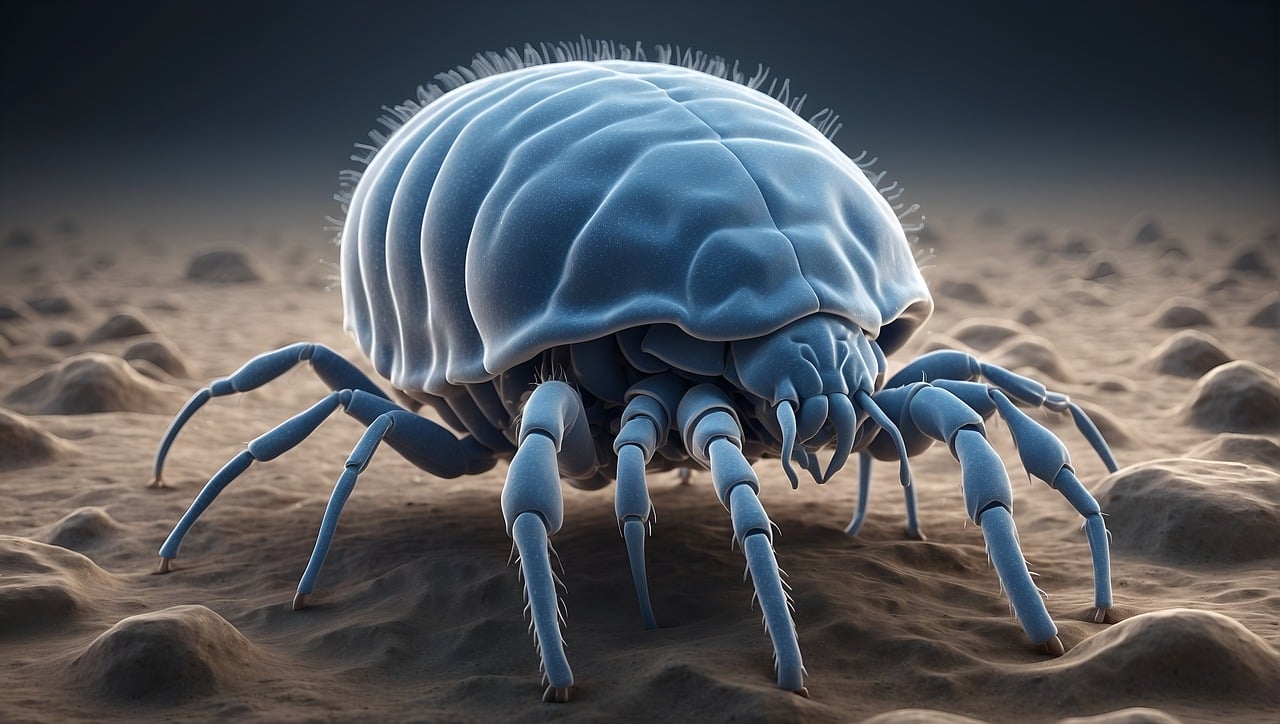200-710 exam dumps
Introduction:
Bed bugs, those tiny yet tenacious pests, have been a nuisance to humans for centuries. With their resurgence in recent years, understanding these elusive creatures has become more crucial than ever. From their biology and behavior to prevention and eradication strategies, delving into the realm of bed bugs unveils a world of intrigue and necessity. In this comprehensive article, we embark on a journey to uncover valuable information about bed bugs, equipping readers with the knowledge needed to combat these unwelcome invaders effectively.
The Biology of Bed Bugs:
Bed bugs, scientifically known as Cimex lectularius, are small, wingless insects belonging to the Cimicidae family. These reddish-brown parasites feed exclusively on the blood of humans and animals, typically during the night when their hosts are asleep. Despite their name, bed bugs can be found not only in beds but also in various other locations, including furniture, clothing, and luggage.
One of the most remarkable aspects of bed bugs is their ability to survive long periods without feeding, sometimes up to a year or more under optimal conditions. This resilience, coupled with their rapid reproductive rate, enabling them to establish infestations quickly. Female bed bugs can lay hundreds of eggs over their lifespan, with nymphs hatching in as little as 6-10 days under favorable conditions.
The Behavior of Bed Bugs:
Bed bugs are nocturnal creatures, preferring to feed under the cover of darkness when their hosts are least likely to disturb them. They are expert hitchhikers, often spreading from one location to another via luggage, clothing, and furniture. Once introduced into a new environment, they seek out hiding places near their hosts, such as mattress seams, crevices in furniture, and cracks in walls.
Bed bugs use a combination of chemical cues and heat sensors to locate their hosts, often congregating in areas with high levels of carbon dioxide and body heat. While they are primarily attracted to human hosts, bed bugs can also feed on other warm-blooded animals if necessary.

The Implications of Bed Bug Infestation:
The presence of bed bugs can have significant implications for both physical and mental health. While their bites are not known to transmit diseases, they can cause allergic reactions in some individuals, ranging from mild irritation to severe itching and swelling. Additionally, the psychological impact of bed bug infestations should not be underestimated, as the stigma associated with these pests can lead to stress, anxiety, and sleep disturbances.
Furthermore, the economic consequences of bed bug infestations can be substantial. Property damage, loss of revenue for businesses, and the cost of professional extermination services can quickly escalate, making prevention and early detection essential.
Visit do I have bed bugs
Prevention and Early Detection Strategies:
Preventing bed bug infestations requires a multifaceted approach that addresses both environmental factors and human behavior. Some key prevention strategies include:
1. Regular Inspection: Routinely inspecting bedding, furniture, and other potential hiding spots for signs of bed bugs, such as blood spots, shed skins, and fecal matter.
2. Minimizing Clutter: Decluttering living spaces and reducing the number of potential hiding places for bed bugs can help prevent infestations.
3. Sealing Entry Points: Seal cracks and crevices in walls, baseboards, and furniture to prevent bed bugs from entering the home.
4. Proper Hygiene: Laundering bedding, clothing, and other infested items in hot water and regularly vacuuming carpets and upholstery can help eliminate bed bugs and their eggs.
5. Travel Precautions: Inspecting luggage and hotel rooms for signs of bed bugs before and after traveling can prevent their introduction into your home.
Conclusion:
Bed bugs, with their adaptability and resilience, pose a persistent challenge for homeowners, hoteliers, and pest control professionals alike. Understanding the biology, behavior, and implications of bed bug infestations is crucial for effective prevention and eradication strategies. By implementing proactive measures and seeking professional assistance when needed, individuals can minimize the risk of bed bug infestations and create healthier, more comfortable living environments for themselves and their families. Through education, vigilance, and cooperation, we can work together to combat the spread of bed bugs and ensure peaceful nights free from these unwanted intruders.